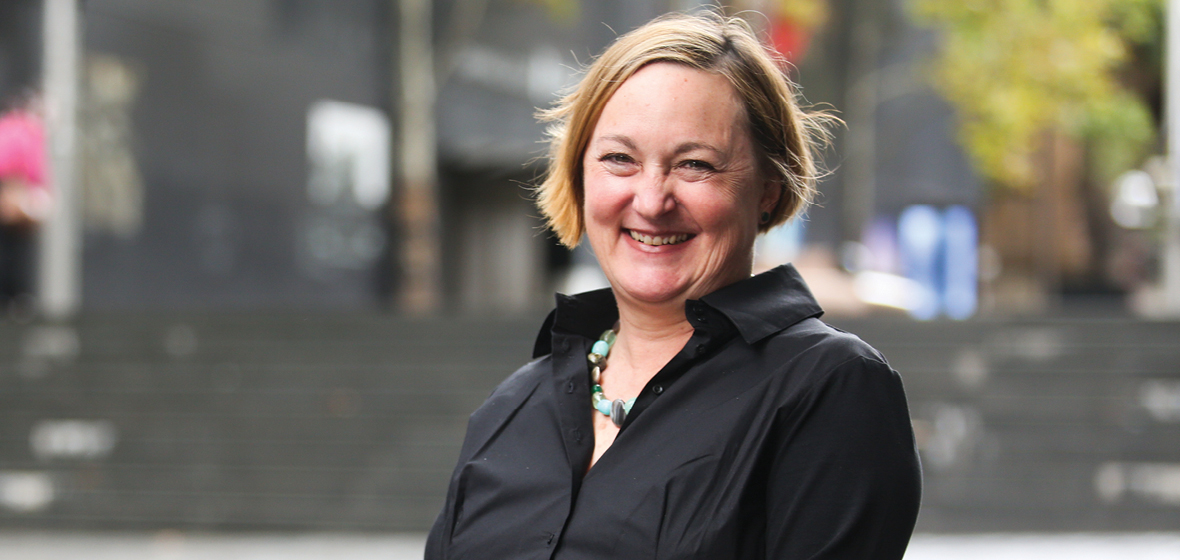MEMBER, BOARD OF TRUSTEES, AUSTRALIAN MUSEUM
There are many skills a good lawyer should have, but being adaptable rates high on Shauna Jarrett’s list. Because she has spent her career specialising in change management, reinvention is not something she has shied away from. A dentist’s daughter who cut her teeth in law in Orange, Jarrett says she always wanted to run her own business. When the time came to purchase a practice in Sydney’s CBD in 2000, she dived right in and recalls the feeling of pride when she showed her dad the very first cheque generated by the firm.
Why did you choose to study law?
Before I did law, I was a judge’s associate in the District Court and thought, “I could do this”. I chose to study at UTS and during my degree was working as a part-time legal secretary at Mallesons. When I graduated, my father and the judge I worked for said, “Go out to the country and you’ll get fabulous experience – you’ll actually be thrown in the deep end and that first 12 to 18 months of experience will set you up.” So off I went and got thrown in the deep end.
What was it like working in regional NSW in the 1990s?
I was the litigation solicitor in Orange and the sole solicitor in Blayney two days a week. I was shown all the files and told, “You’ll have to go through every single one of them and work out when the limitation period is about to expire and where they are all at in terms of the progress of the cases.” I think I had between 200 to 300 cases to work through. This was in the heyday of personal injury claims and common law claims. The internet is now 30 years old, so [back then] some of the city practitioners were starting to get emails, but there was none of that in Orange. It was all letters, faxes, carbon paper, kept files. Our secretaries used carbon paper.
You later chose to buy a legal practice in the city. What prompted this decision?
I decided I had had enough of big firms and had always wanted to have my own practice. So I took a six-month locum job out at Maroubra to get back into general practice again and realised it was interesting and really enjoyed it. Once I got back into doing commercial work, I bought a law practice from two women who were retiring. The deal we came up with was a transition [of business ownership] over a six-month period. It would be a 50-50, 60-40, 70-30, 100 per cent split of the business. They introduced me to the clients and it made perfectly good sense for everyone.
How did you become involved with the Australian Museum?
I am a board of trustees member for the Australian Museum. I had my resume up on the NSW Government Boards and Committees Register and had known the Arts Minister for a number of years. I used to see him at luncheons and say, “I could do this, I could do this.” The minister rang me up one day and said, “Would you like to do it?” I said yes. You’ve got to ask. Every decent bloke will tell you, if you don’t ask nobody will know. If you never ask, you don’t get.




